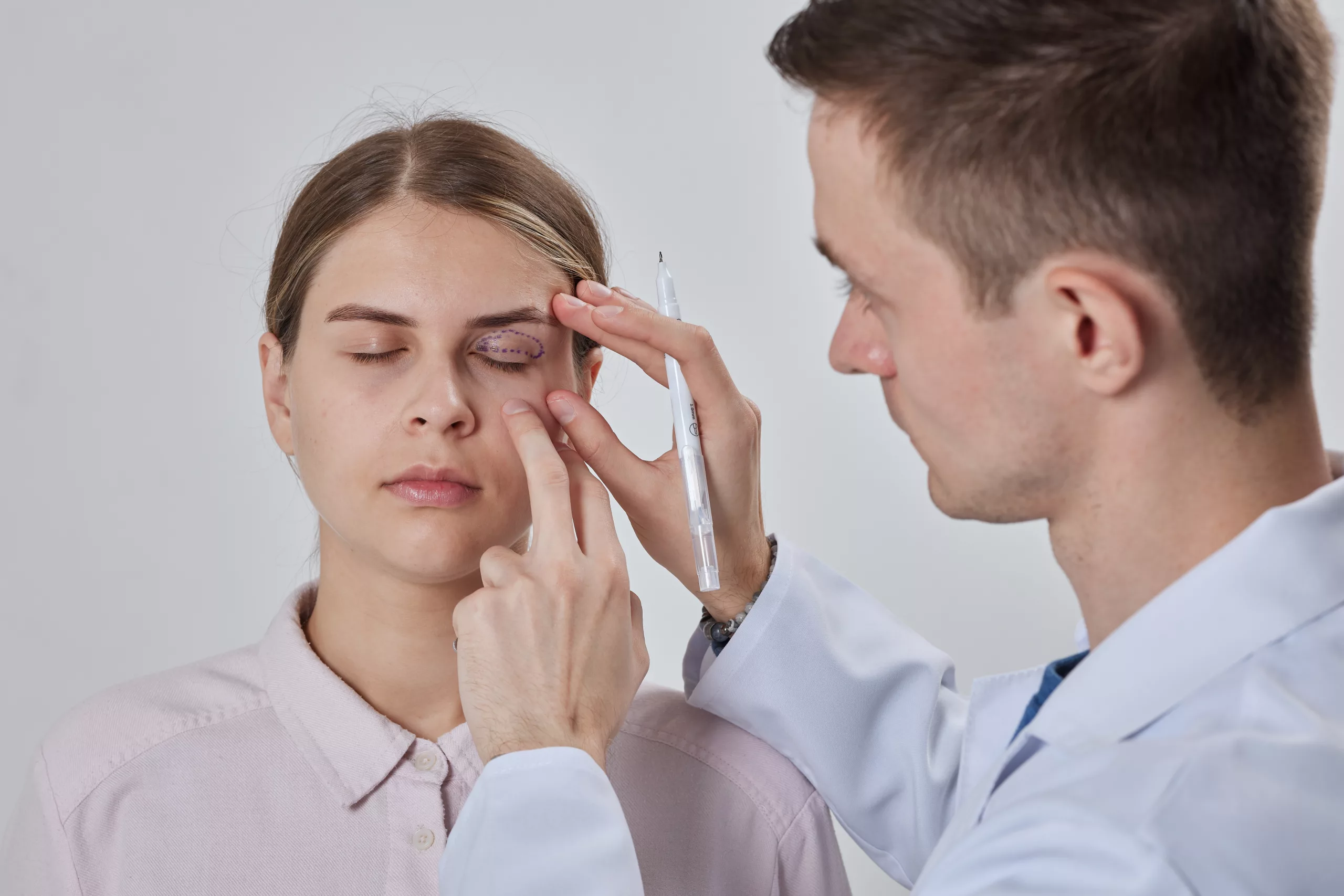Understanding the Lacrimal Apparatus
Introduction
The lacrimal apparatus is a vital component of the ocular system, responsible for the production, distribution, and drainage of tears. Comprising several interconnected structures, it plays a crucial role in maintaining ocular health and visual clarity. This article explores the anatomy, function, and common disorders associated with the lacrimal apparatus, providing a comprehensive overview for readers interested in understanding this essential aspect of eye health.
Anatomy of the Lacrimal Apparatus
The lacrimal apparatus consists of the following key components:
- Lacrimal Gland: Situated above the outer corner of each eye within the orbit, the lacrimal gland secretes lacrimal fluid, commonly known as tears. These tears contain water, electrolytes, proteins, and enzymes essential for lubricating and protecting the ocular surface.
- Lacrimal Canaliculi: After moistening the ocular surface, tears drain into tiny openings called lacrimal puncta located at the inner corner of each eyelid. From here, tears flow through the lacrimal canaliculi, small ducts that connect the puncta to the lacrimal sac.
- Lacrimal Sac: The lacrimal sac is a small pouch located between the lacrimal canaliculi and the nasolacrimal duct. Its primary function is to collect tears from the canaliculi and channel them towards the nasolacrimal duct for drainage.
- Nasolacrimal Duct: This duct serves as the final pathway for tear drainage, carrying tears from the lacrimal sac to the nasal cavity. Tears ultimately enter the nasal cavity through the inferior nasal meatus, contributing to the regulation of nasal moisture and aiding in the removal of foreign particles from the eyes.
Function of the Lacrimal Apparatus
The lacrimal apparatus performs several vital functions essential for maintaining ocular health:
- Tear Production: The lacrimal gland continuously produces tears, ensuring the ocular surface remains moist and lubricated. Tears also contain antibodies and lysozymes that help protect against microbial infections.
- Tear Distribution: Tears spread across the surface of the eye with each blink, providing a smooth optical surface necessary for clear vision. This distribution also aids in the removal of debris and foreign particles from the ocular surface.
- Tear Drainage: Efficient drainage of tears prevents their accumulation on the ocular surface, reducing the risk of irritation, infection, and discomfort. The nasolacrimal duct plays a crucial role in this process by directing tears away from the eye towards the nasal cavity.
Common Disorders of the Lacrimal Apparatus
Several conditions can affect the lacrimal apparatus, leading to disruptions in tear production, distribution, or drainage. Common disorders include:
- Dry Eye Syndrome: Characterized by inadequate tear production or rapid tear evaporation, resulting in dryness, irritation, and discomfort of the eyes.
- Blocked Tear Ducts: Obstruction in the lacrimal puncta, canaliculi, lacrimal sac, or nasolacrimal duct can impede tear drainage, causing excessive tearing, eye infections, or swelling around the eyes.
- Lacrimal Gland Disorders: Inflammation (dacryoadenitis) or tumors affecting the lacrimal gland can disrupt tear production and lead to symptoms such as pain, swelling, or changes in tear composition.
Diagnosis and Treatment
Diagnosis of lacrimal apparatus disorders often involves a thorough eye examination, including assessment of tear production, distribution patterns, and tear drainage efficiency. Treatment options vary depending on the underlying cause but may include:
- Artificial Tears: Lubricating eye drops or ointments to alleviate symptoms of dry eye syndrome and provide temporary relief.
- Punctal Plugs: Small devices inserted into the lacrimal puncta to block tear drainage temporarily, conserving natural tears on the ocular surface.
- Surgical Interventions: Procedures such as dacryocystorhinostomy (DCR) to bypass blocked tear ducts or remove lacrimal gland tumors.
Conclusion
The lacrimal apparatus is a complex but essential component of the ocular system, responsible for tear production, distribution, and drainage. Understanding its anatomy, function, and associated disorders is crucial for maintaining optimal eye health and addressing potential issues that may arise. By recognizing the importance of tear dynamics and seeking timely intervention when necessary, individuals can preserve visual clarity and comfort while ensuring the effective management of lacrimal apparatus-related conditions.
World Eye Care Foundation’s eyecare.live brings you the latest information from various industry sources and experts in eye health and vision care. Please consult with your eye care provider for more general information and specific eye conditions. We do not provide any medical advice, suggestions or recommendations in any health conditions.
Commonly Asked Questions
Take breaks, blink regularly, and use artificial tears to prevent dryness and discomfort while using screens.
Yes, injuries to the eye or facial trauma can damage the lacrimal puncta, canaliculi, or lacrimal sac, disrupting tear flow.
Yes, since the nasolacrimal duct drains tears into the nasal cavity, sinus inflammation or nasal congestion can affect tear drainage.
Symptoms include pain, redness, swelling near the inner corner of the eye, and pus discharge due to infection of the lacrimal sac.
Yes, infants can be born with congenital lacrimal duct obstruction, requiring early intervention by an ophthalmologist.
Tears contain enzymes and antibodies that protect against infections and maintain the health of the ocular surface.
Yes, non-surgical treatments include artificial tears, lifestyle adjustments, and medications to improve tear quality.
Blocked tear ducts are diagnosed through eye exams, including dye tests to assess tear drainage efficiency.
Yes, dry eye syndrome can reduce tear production from the lacrimal gland, leading to discomfort and vision disturbances.
Excessive tearing can result from blocked tear ducts, allergies, infections, or structural abnormalities in the lacrimal apparatus.
news via inbox
Subscribe here to get latest updates !







